Last Updated on November 13, 2024
Ever tried making catnip tea? Whether for yourself or a furry friend, catnip tea is easy to make and has many benefits for humans worth knowing about. Check out this easy catnip tea recipe and find out why you might want to brew yourself a cup.

WHAT IS CATNIP TEA?
Made from fresh or dried catnip, catnip tea is simply an herbal infusion using mint relative catnip (Nepeta cataria). Catnip contains a compound called nepetalactone that cats absolutely love, making it an herb most cat owners are aware of.
But far fewer people realize catnip is a valuable herb for humans as well. More on the medicinal benefits of catnip below.
Note that closely related catmint is often confused with catnip. Find out how to tell the difference in this post on catnip vs catmint.

CATNIP MEDICINAL USES FOR HUMANS
Catnip has been used medicinally for centuries in different parts of the world, and modern research has supported many of these uses.
Traditional uses for catnip include:
- Stress reliever
- Muscle relaxant
- Sleep aid
- Digestive aid
- Antimicrobial
- Respiratory support
- Immune support
- Antiviral
Native Americans have used catnip medicinally for colds, headaches, fevers, and more.
In The Green Pharmacy, ethnobotanist James Duke suggests that catnip may be helpful for preventing cataracts, promoting sleep, and treating amenorrhea. This last point aligns with the Cherokees’ use of catnip as an abortifacient, so it’s probably best to avoid catnip in pregnancy.
This overview of catnip’s medicinal uses reports that members of the Nepeta genus contain compounds with anti-inflammatory, antimicrobial, antioxidant, immune-modulating, and other beneficial properties. Researchers note that catnip species have been used to treat malaria, tuberculosis, chickenpox, and measles, as well as digestive, respiratory, and other complaints in different parts of the world.
One study tested a combination of lemon balm and Nepeta menthoides and found it helpful for insomnia, depression, and anxiety.
Catnip is most commonly used medicinally in herbal tea, though you will also see tinctures made with catnip.
If you love learning about medicinal plants and natural remedies, be sure to check out some of the best herbalism books to add to your home library!
Or dive into the world of herbal remedies with one of Herbal Academy’s wonderful online classes, ranging from total beginner to advanced herbal study. You can find a complete list of their courses here or click the banner below to find out more.
I’ve been putting fresh catnip from my garden in my herbal tea blends for years. One of the more useful herbs for sleep you can grow, it combines well other herbs growing in my garden, including wild violets, yarrow, and lemon balm.
I prefer the flavor of dried catnip if I’m making it without other herbs, but fresh catnip tea is pretty pleasant on its own as well.
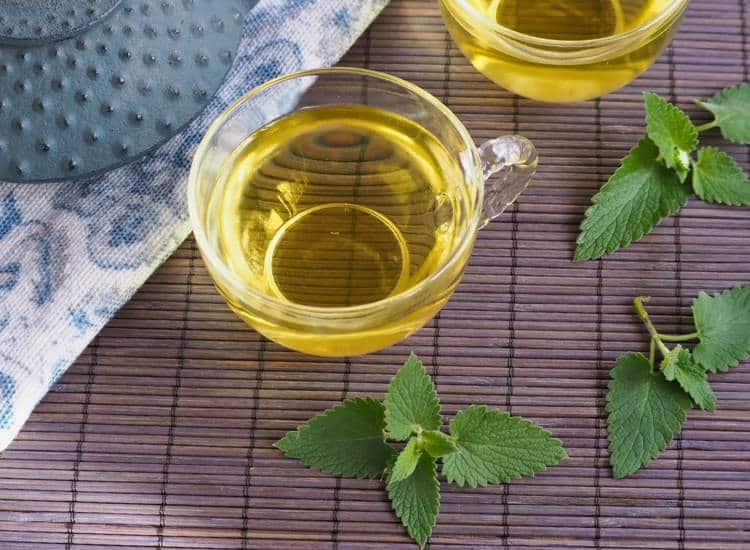
WHERE TO GET CATNIP FOR CATNIP TEA
Catnip is easy to grow yourself and relatively inexpensive to buy dried in bulk. Vitacost usually has the best deal on bulk catnip and other loose herbs, especially if you get them during one of their frequent sales. I always stock up on herbs, pantry staples, and body care when they have stackable promotions, plus I get cash back from Rakuten, sometimes up to 15%! (Use that link to join and get a $30 bonus.)
Here’s more about saving on healthy supplies if you want to know more.
You can get catnip from Mountain Rose Herbs and Amazon as well.
If you want to grow your own catnip, I recommend getting a free division from a friend or neighbor. You can also buy a plant at a nursery or grow it from seed. Seeds Now carries catnip seeds, as well as lots of other wonderful herbs and vegetables to grow in your garden.
Be forewarned that like other mints, catnip grows easily from seed and can get a bit weedy. I don’t mind finding catnip in different spots around my edible landscape and just enjoying having more to harvest for my tea.
If you’d like to keep your catnip under control, just cut the flowers off before they set seed and use or dry them before they have a chance to set seed.
TIPS FOR MAKING CATNIP TEA
You can save some time and fuss by making enough tea for a few servings. My go-to teapot holds about a quart of tea, so I generally fill it and keep leftover tea in the refrigerator after straining.
Some herbalists recommend consuming herbal infusions within 24 hours, so you can make less at a time if you like. Here’s more on the shelf life of herbal preparations from Herbal Academy if you want to know more.
USEFUL TOOLS FOR MAKING HERBAL TEAS
All you need to make catnip tea is catnip and hot water, but some useful tools can take your tea-making up a notch.
You can make your tea a whole lot healthier by using water that isn’t full of industrial chemicals. Most municipal water supplies contain scores of chemicals you don’t want in your teacup. Read more about choosing an effective water filter that removes much of the harmful stuff. Most common filters don’t address the majority of these chemicals of concern.
I’m also a fan of electric kettles, which heat water more efficiently than stovetop kettles. Especially if you have a gas stove, an electric kettle can help you cut back on the harmful compounds getting into your home’s air.
Some other tools to help with your tea making:
HOW TO MAKE CATNIP TEA
You can make a simple tea with just fresh or dried catnip and water, or you can combine catnip with other herbs. Have fun experimenting with different combinations and different strengths of herb.
The strength of your tea is up to you. Try making it with more herb, then dilute it if you find it strong.

How to Make Catnip Tea from Fresh or Dried Catnip
Soothing catnip tea is a tasty way to alleviate stress and promote sleep. You can make it with fresh or dried catnip.
Ingredients
- 1/2 cup fresh catnip or 2-4 teaspoons dried catnip
- 2 cups freshly boiled filtered water
Instructions
To make catnip tea from fresh catnip herb:
- Harvest catnip (and any additional herbs you wish to use). Herbs are generally at their peak for harvesting in the late morning after the dew has dried.
- Rinse herbs and place in a large teapot or mason jar.
- Cover with boiled filtered water and allow to steep at least 10 minutes and up to 4 hours.
- Strain and refrigerate what you won't drink immediately.
To make tea from dried catnip:
- Place dried catnip in a large teapot or mason jar.
- Cover with boiled filtered water and allow to steep at least 10 minutes and up to 4 hours.
- Strain and drink immediately, refrigerating any leftover tea.
Notes
Flavor will vary depending on the potency and freshness of the herb. Experiment with different amounts of catnip to find the strength you prefer.
Nutrition Information:
Yield: 2 Serving Size: 1Amount Per Serving: Calories: 0Total Fat: 0gSaturated Fat: 0gTrans Fat: 0gUnsaturated Fat: 0gCholesterol: 0mgSodium: 9mgCarbohydrates: 0gFiber: 0gSugar: 0gProtein: 0g
Nutritional information was auto-generated based on serving size, number of servings, and typical information for the ingredients listed. To obtain the most accurate representation of the nutritional information in a given recipe, please calculate the nutritional information with the actual ingredients and amounts used, using your preferred nutrition calculator. Under no circumstances shall this website or author be responsible for any loss or damage resulting for your reliance on the given nutritional information. You are solely responsible for ensuring that any nutritional information provided is accurate and complete.
FAQs
Should I use fresh or dry catnip?
You can use either, but you will use more fresh herb since dried herbs are more concentrated. Their flavors are slightly different, but both have a pleasant flavor.
How do I decide how much catnip to use?
The strength of herbal tea is really a personal preference, and will also vary with the potency of the herb you’re using. Experiment and see what tastes best to you.
It’s easiest to brew tea stronger and add water to dilute it. If you make your tea too weak, it’s harder to fix. If you find your tea isn’t strong enough, you can heat it on the stove top and then add more catnip to make it stronger.
Should I make catnip tea the same way for my cat as I do for myself?
Yes, cats will enjoy this tea made the same way as you make it for humans. Just be sure to cool it before giving it to your cat. You can also experiment with different strengths to see what your cat prefers.
OTHER DELICIOUS HERBAL TEAS TO TRY
There are so many more delicious options for herbal teas made from plants in your garden or foraged in the wild. Below are some of my favorites, which I drink mainly for their taste but also to enjoy their the medicinal benefits:
- Rose Hip Tea
- Hibiscus Tea
- Borage Tea
- Elderflower Tea
- Dandelion Tea
- Hawthorn Berry Tea
- Pine Needle Tea
- Spruce Tea
Interested in learning more about creating useful and tasty medicinal herbal teas? Check out Colleen Codekas’s fabulous book, Healing Herbal Infusions. Filled with inspiring recipes for addressing, stress, pain, colds, and lots more, it’s available through Bookshop.org, Amazon, and other booksellers. I think you’ll love it!
Save this catnip tea recipe for later!

In memory of our wonderful cat Barmy, who shared catnip from the garden with me for over two decades.
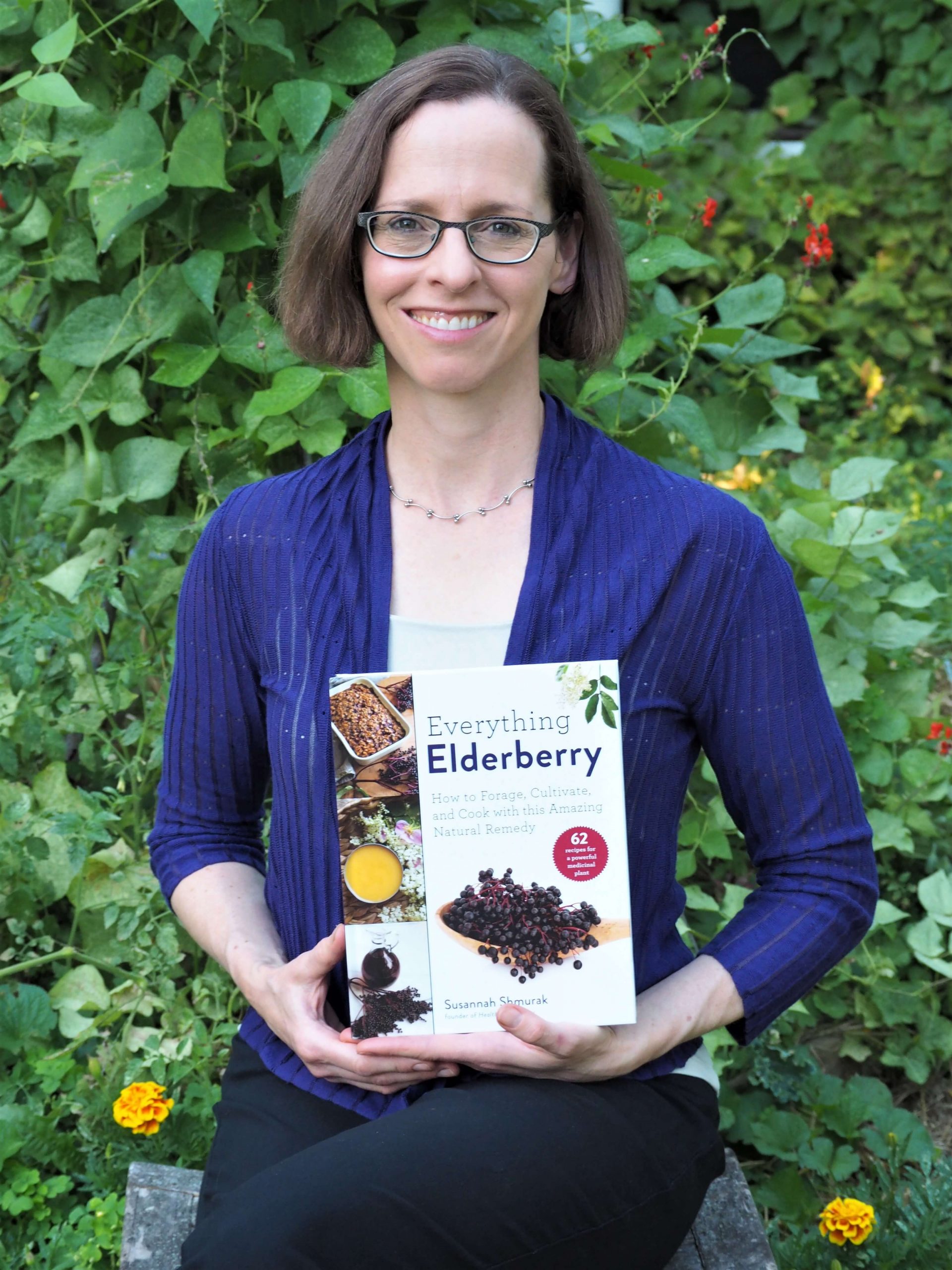
Susannah is a proud garden geek and energy nerd who loves healthy food and natural remedies. Her work has appeared in Mother Earth Living, Ensia, Northern Gardener, Sierra, and on numerous websites. Her first book, Everything Elderberry, released in September 2020 and has been a #1 new release in holistic medicine, naturopathy, herb gardening, and other categories. Find out more and grab your copy here.

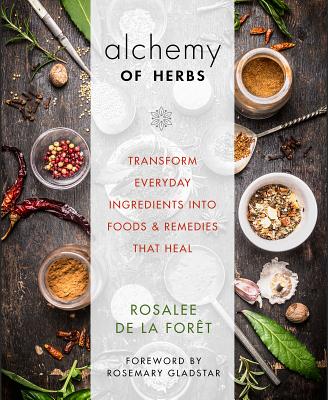
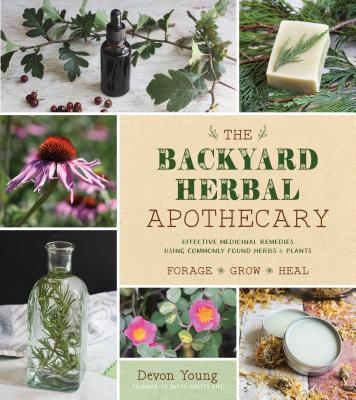




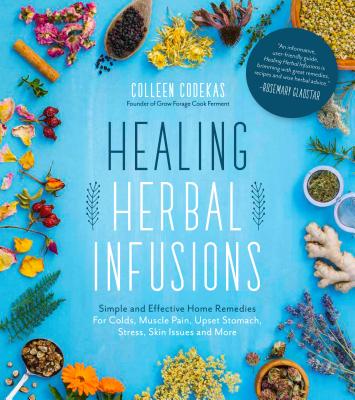
 Hi, I'm Susannah, a garden geek, energy nerd, and fan of healthy food and natural remedies. Need some simple, practical solutions for living healthier and greener? You've come to the right place! More about me and my green projects
Hi, I'm Susannah, a garden geek, energy nerd, and fan of healthy food and natural remedies. Need some simple, practical solutions for living healthier and greener? You've come to the right place! More about me and my green projects
Leave a Reply